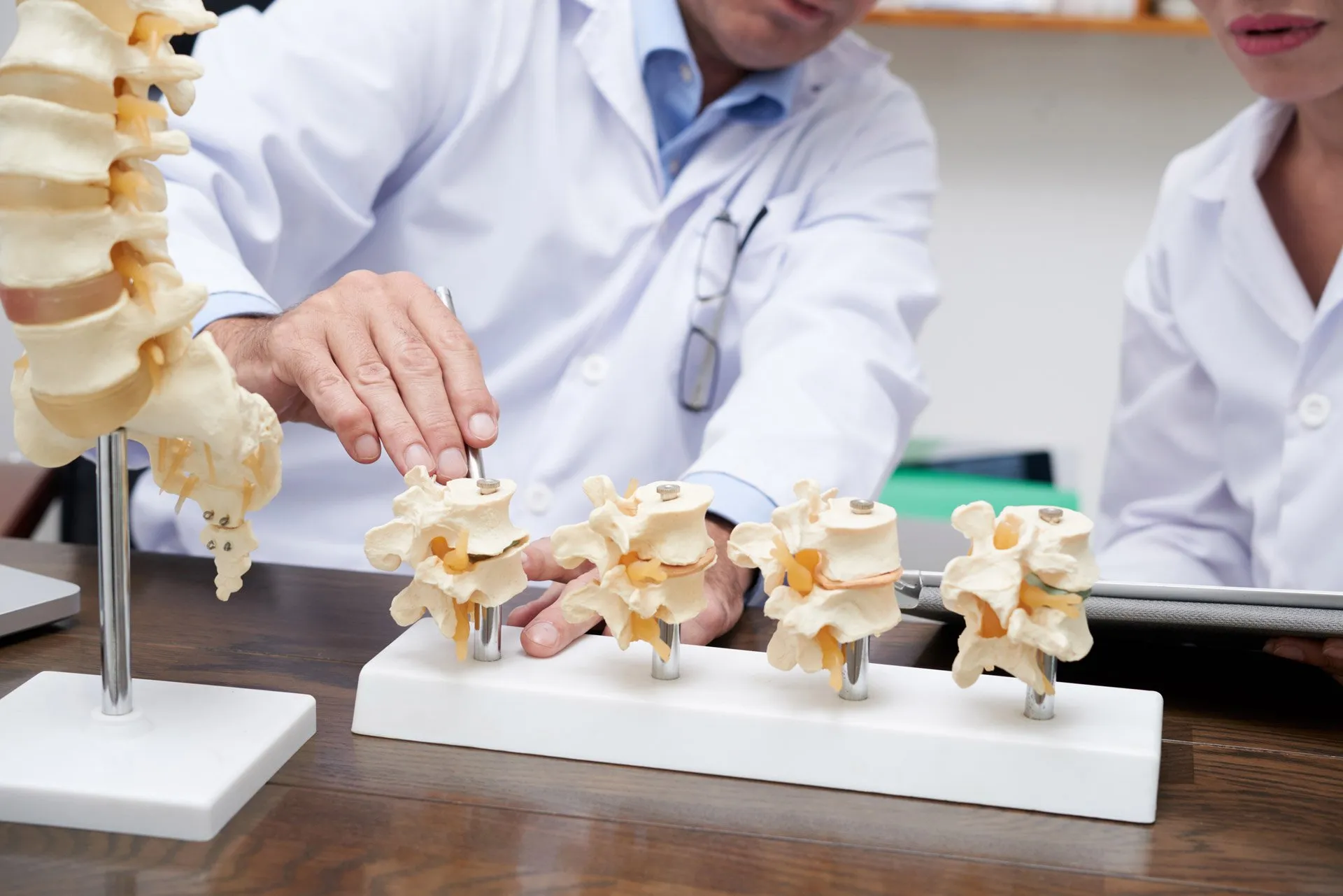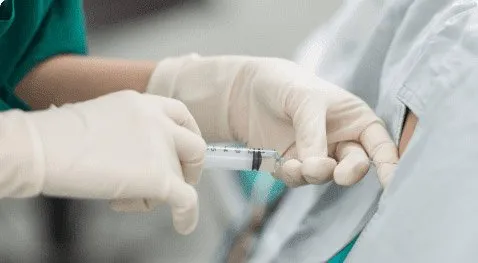
Understanding Degenerative Disc Disease
At some point in their lives, nearly every individual will experience some degree of degenerative disc disease (DDD). Low back pain is the most common complaint in the United States for missed time from work, but luckily there are treatments available beyond medication management.
Almost everyone will have some degree of degenerative disc disease (DDD) in their lifetime. DDD is also known as spinal disc degeneration, and it makes sense why this is so common.
Our spinal discs are the cushions between our vertebrae and they are full of a gel-like substance that keeps the bones in our back from grinding against one another. Just like anything else, these discs are prone to wear and tear as we get older. They get dry, brittle, and can’t do the job like they used to. This is how DDD occurs.
Key Facts About Degenerative Disc Disease
- Don’t let the name scare you.
DDD can be painful and immobilizing when it gets to severe stages, but it’s not actually a disease. DDD should be expected if we’re lucky enough to live into older age. By the age of 60, over 90% of people have some degree of DDD. - DDD advances to become spinal osteoarthritis (OA). Osteoarthritis is the most common type of arthritis and it occurs when the cartilage in our joints gets inflamed and/or worn down. This is different from Rheumatoid Arthritis. DDD can contribute to facet joint arthritis or degenerative arthritis. DDD is different than spinal OA, but they are often found together and exacerbate one another.
- DDD is a huge contributor to the world’s leading cause of disability. The leading cause of disability claims around the world and specifically in the United States, is back pain. More precisely, lower back pain. DDD is actually the most common cause of lower back pain, which means it’s the culprit behind all of those missed days of work and being stuck in bed.
- There’s a genetic component to DDD. Even though almost everyone will have DDD, it’s also partially genetic. Age is the biggest risk factor in DDD, but if you have a parent with DDD you’re more likely to experience it sooner and to a more severe degree. This is because a gene variation can increase the risk of DDD.
Treatment Options for Degenerative Disc Disease
You can’t reverse degenerative disc disease but you can treat the pain and slow down its progression. There are several treatment options beyond pain medications including epidural steroid injections, radio frequency ablations (RFA), Spinal Cord Stimulation, or the newest treatment option approved by medicare known as Viadisc.
These procedures are fantastic minimally-invasive tools that are aimed at reducing the pain secondary to DDD and improving quality of life by addressing the underlying issue.





